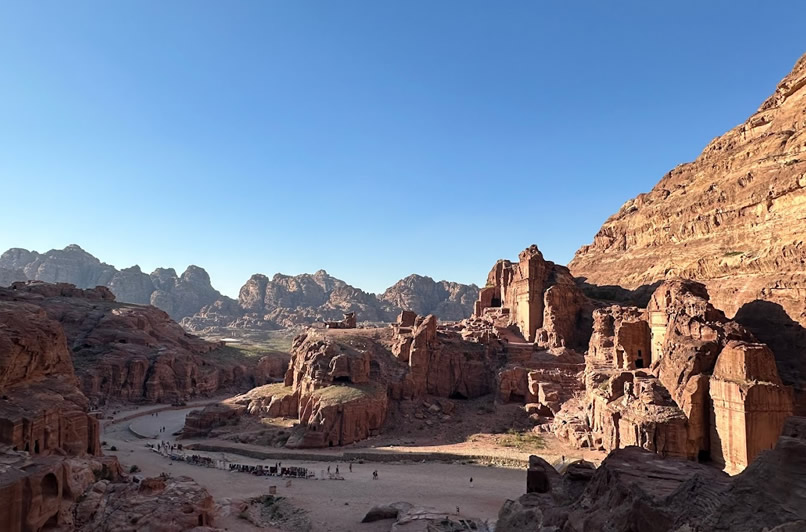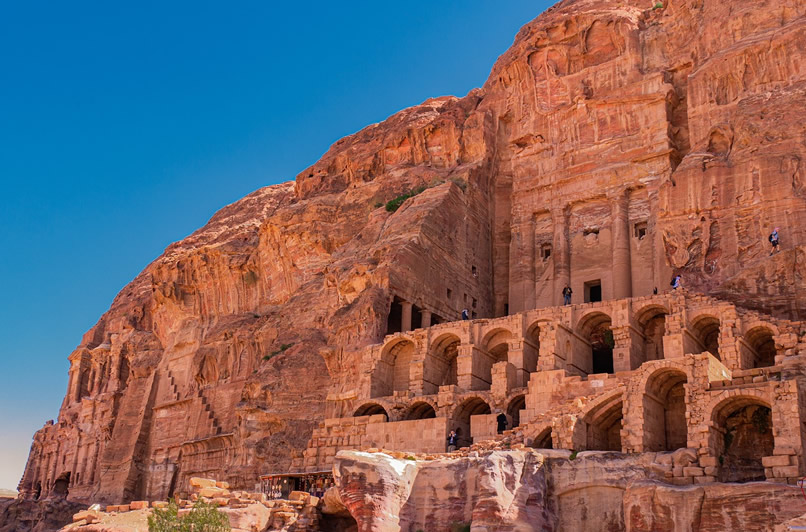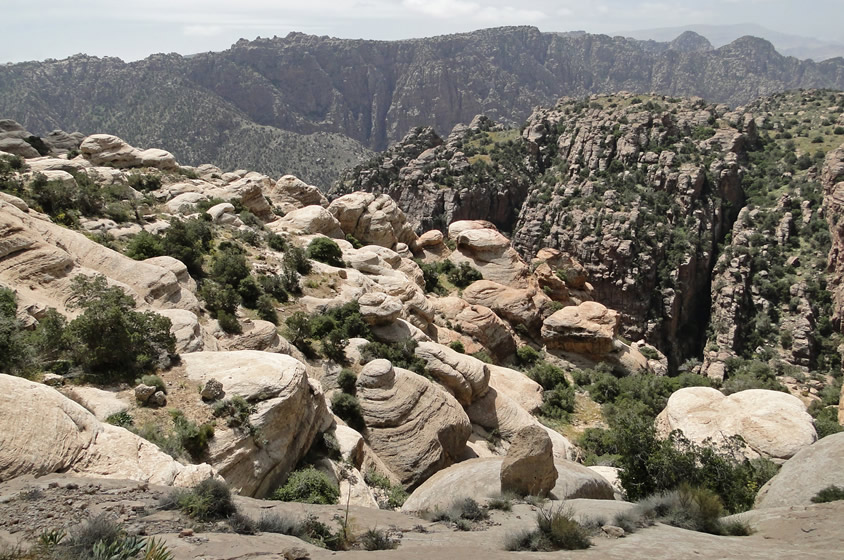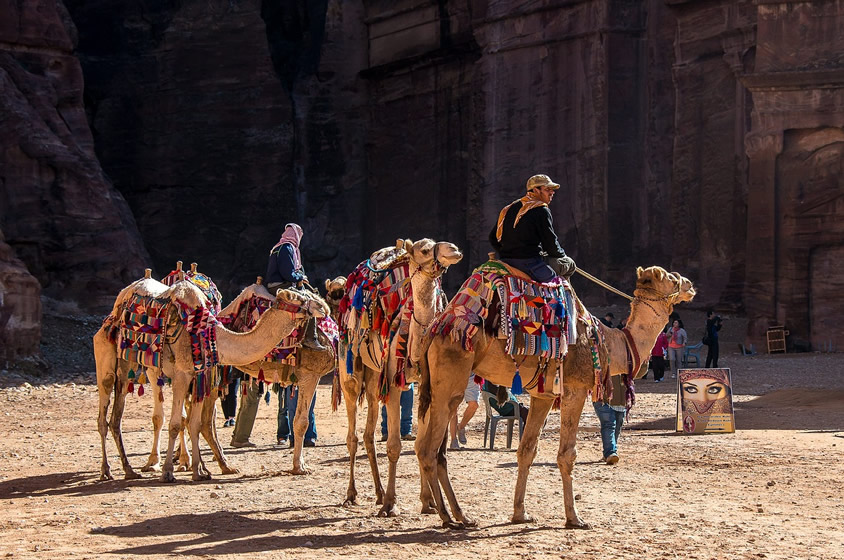The most accessible of Petra’s High Places, this well-preserved site was built atop Jebel Madbah with drains to channel the blood of sacrificial animals.
Continue readingRoyal Tombs
Downhill from the Theatre, the wadi widens to create a larger thoroughfare. To the right, the great massif of Jebel Al Khubtha looms over the valley.
Continue readingDana Biosphere Reserve
The Dana Biosphere Reserve is the largest in Jordan and includes a variety of terrain, from sandstone cliffs more than 1700m high near Dana to a low point of 50m below sea level in Wadi Araba. Sheltered within the red-rock escarpments are protected valleys that are home to a surprisingly diverse ecosystem. About 600 species of plant (ranging from citrus trees and junipers to desert acacias and date palms) thrive in the reserve, together with 180 species of bird.
Continue readingPetra
The spectacular sandstone city of Petra was built in the 3rd century BC by the Nabataeans, who carved palaces, temples, tombs, storerooms and stables from the soft stone cliffs. Today it is a World Heritage Site that needs little introduction; suffice to say, no visit to Jordan is complete without at least two days spent exploring the remarkable Ancient City.
Continue reading



